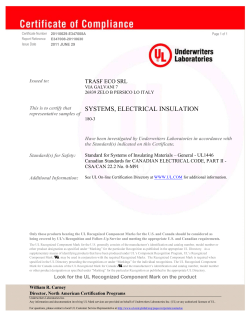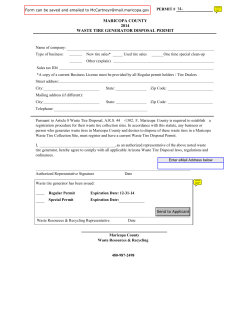
Vision Statement
Vision Statement By Susan Ward, About.com Guide Definition: A vision statement is sometimes called a picture of your company in the future but it’s so much more than that. Your vision statement is your inspiration, the framework for all your strategic planning. A vision statement may apply to an entire company or to a single division of that company. Whether for all or part of an organization, the vision statement answers the question, “Where do we want to go?” What you are doing when creating a vision statement is articulating your dreams and hopes for your business. It reminds you of what you are trying to build. While a vision statement doesn’t tell you how you’re going to get there, it does set the direction for your business planning. (For more on the role of your vision statement in business planning, see Quick-Start Business Planning.) That’s why it’s important when crafting a vision statement to let your imagination go and dare to dream – and why it’s important that a vision statement captures your passion. Unlike the mission statement, a vision statement is for you and the other members of your company, not for your customers or clients. When writing a vision statement, your mission statement and your core competencies can be a valuable starting point for articulating your values. Be sure when you’re creating one not to fall into the trap of only thinking ahead a year or two. Once you have one, your vision statement will have a huge influence on decision making and the way you allocate resources. Examples: A vision statement for a company offering whale watching tours: Within the next five years, ZZZ Tours will become the premier eco-tour company in ________, increasing revenues to 1 million dollars in 2010 by becoming internationally known for the comfort and excitement of the whale-watching tours it offers. Mission Statement By Susan Ward, About.com Guide Definition: A mission statement is a brief description of a company's fundamental purpose. A mission statement answers the question, "Why do we exist?" The mission statement articulates the company's purpose both for those in the organization and for the public. For instance, the mission statement of Canadian Tire reads (in part): “Canadian Tire is a growing network of interrelated businesses... Canadian Tire continuously strives to meet the needs of its customers for total value by offering a unique package of location, price, service and assortment.” The mission statement of Rivercorp, business development consultants in Campbell River, B.C., is: “To provide one stop progressive economic development services through partnerships on behalf of shareholders and the community.” As you see from these two mission statement samples, mission statements are as varied as the companies they describe. However, all mission statements will "broadly describe an organization's present capabilities, customer focus, activities, and business makeup" (Glossary, Strategic Management: Concepts and Cases by Fred David). The difference between a mission statement and a vision statement is that a mission statement focuses on a company’s present state while a vision statement focuses on a company’s future. Every business should have a mission statement, both as a way of ensuring that everyone in the organization is "on the same page" and to serve as a baseline for effective business planning. See How to Write a Mission Statement to learn how to write one of your own. Examples: Slogans derived from some mission statements serve as the basis of successful ad campaigns, such as the B.C. Credit Unions' "people before profits" campaign.
© Copyright 2025














![TIC [U] Tire Inspection Center](http://cdn1.abcdocz.com/store/data/001744223_1-a3e80e3b5bfc6e8fd969a95c25190ba9-250x500.png)






